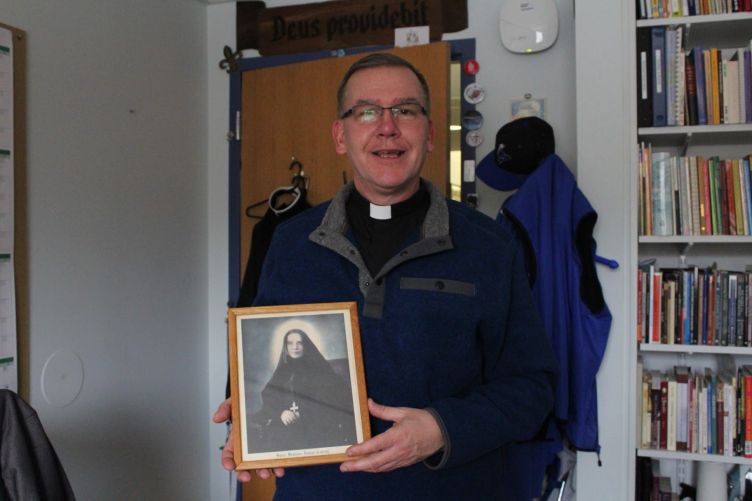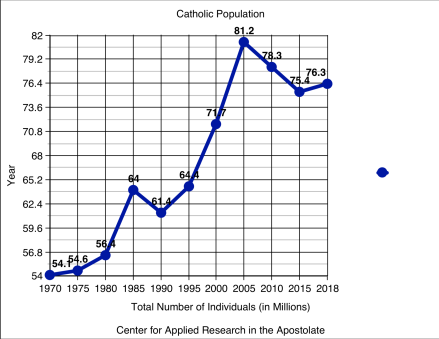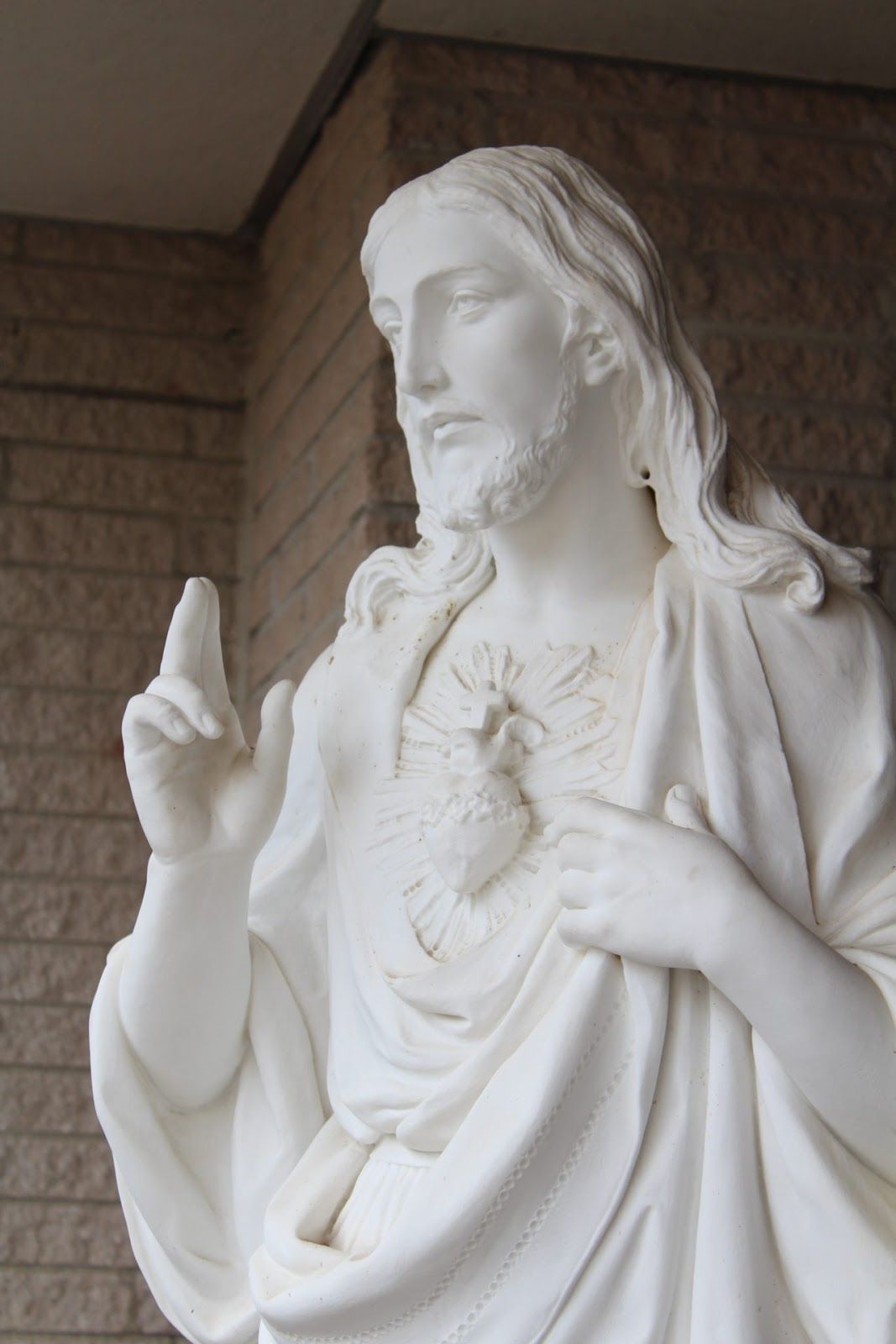
“I loved biology and wanted to be a marine biologist working with the whales,” Rev. Carl Janicki, chaplain and director of campus ministry, said. Growing up, he and his brother went to Sunday school at a local Mennonite church. They would be there all morning until their dad picked them up and brought them to mass.
After high school, Janicki went to Virginia Military Institute after they accepted him during a phone call. There, he was involved in the local church, the Fellowship of Christian Athletes and a bible study. Several different times during these meetings, he was stopped by random people who consistently asked about the same thing, if he was thinking of becoming a priest. Janicki was brought to meet the chaplain on campus by some of the upperclassmen he asked. The chaplain gave him a piece of advice that he continues to share to other men and women who are thinking about this vocation.
“This is what he said to me,” Janicki said. “… If God is calling you to be a priest, if God is calling you to be a minister or religious, if God is calling you, you can do whatever you want, because you have free choice/free will. But if you want to be truly happy and at peace with your life and your relationship with God, then you need to find out if this is what God is calling you to do. The only way to find out if God is calling you to ministry is in the seminary.”
Fr. Janicki tackled it one yard at a time. He committed to a semester at a time, and after a few years, he decided to commit a year at a time. Once he graduated the college division, he then went on to go into graduate studies in theology. For all these years, he didn’t commit to becoming a priest, he just decided to take the next step.
“I couldn’t come up with a sufficient reason not to that outweighed all the reasons too,” he said. ‘It was clear that God sent me on this path.”
He continued on saying, “I knew that I was going to be a priest way after God knew I was going to be a priest.”

Fr. Janicki is one out of 37,302 priests across the country, based on the latest data from 2018. In 1970, the total number of priests in the United States was 59,192, according to The Official Catholic Directory. The number decreased by almost half its size raising the issue of the shortage of priests.
As the number of priests decreases, the number of Catholics is increasing at an even faster pace. In 1970, the Catholic population was about 54.1 million alone in the US. As of 2018, the population grew to 76.3 million Catholics. This is all statistics based on the United States alone. Globally, the number of priests decreased from 419,728 to 414,582. The Catholic population increased from 653.6 million to about 1.31 billion from 1970 to 2018.
“Fixing” the Priest Shortage
In October 2019, there has been a question raised by the bishops of Amazon. In order to fix the shortage of priests and irregularity of receiving the sacraments, they wanted to allow married deacons to become ordained priests and women to be able to become deacons.
“Some villages in the Amazon are so spread out, and there are a numerous amount of them,” Father Alessandro Giardini, parochial vicar at St. Eleanor Parish, said. “Priests travel from village to village, celebrating mass, confirmation and baptism; when they travel to the next village, people might not see them for months and they go on without celebrating the sacraments.”
On Feb. 12, 2020, Pope Francis wrote a post-synodal apostolic exhortation, “Querida Amazonia,” meaning “Beloved Amazon.” Despite what media sources are reporting, Pope Francis never dismissed the question of married priests. Instead, in the exhortation, he responds that the shortage of priests isn’t going to be a “quick fix.” Rather, this shortage can potentially open up other opportunities for other leadership roles. Pope Francis even takes the time to applaud the women who exceed and act as missionaries for the church.
The decreasing number of priests can be due to a number of reasons: less men answering God’s call, a lesser amount of parents encouraging their kids to become a priest, a more consumerist society and the clergy abuse scandal along with the leadership scandal.
“One of the most difficult things in the seminary that was very painful was when a young person was there, deciding whether or not to become a priest, without family support,” Janicki said. “That really hurt them.”
He goes on explaining that families aren’t as large as they were in the past, and this might have discouraged parents from encouraging their only son or daughter into this vocation. Not only this, but throughout recent years, the decrease in the amount of priests have become more apparent as the clergy abuse scandal came to light. As more hidden reports of clergy members sexually abusing minors were being exposed to the public eye, young men considering the priesthood were further discouraged due to the dwindling reputation of priests.
“I want to be really clear,” he said. “The clergy abuse scandal is the abuse of individuals against victims and it is absolutely horrific. I am terribly sorry for anybody that experienced that.”
“The leadership scandal that moved these men from place to place and allowed them to abuse again,” Janicki said, “is a terrible failure of leadership.”

Because of the abuse scandal, the Diocese of Harrisburg filed for bankruptcy on Feb. 21, 2020. This is the first diocese in Pennsylvania to do so. Despite the $12.7 million paid to 111 victims for a compensation fund, there are still 200 victims of the clergy abuse scandal in the diocese and it still faces millions of dollars of outstanding claims.
In light of all that’s happened in the past, the seminarians at St. Charles Borromeo Seminary vow to make it right. They want to inspire others and to gain their trust again. The bishops in the United States have required mandatory background checks and stricter criteria when allowing men into the seminary.
“As people continue to take the relationship with Christ seriously, they can’t do that without having to treat one another differently,” Janicki said. “Treat one another like Christ would, and to acknowledge and respect the presence of Christ in the other person.”
“Some people might see it [shortage of priests] as a problem,” he said. “Other people might see it as a need for change and in the Gospel, there’s always a third way and discerning what that third way means. I think it means it’s the opportunity for more people to be Christ-like in a day-to-day way.”


